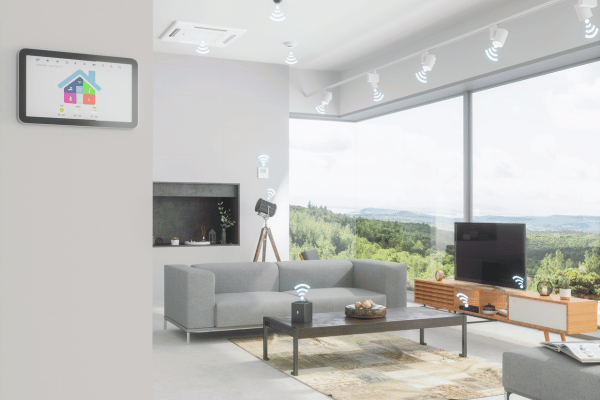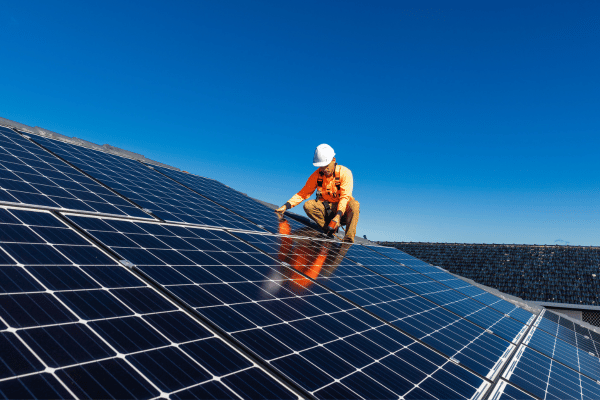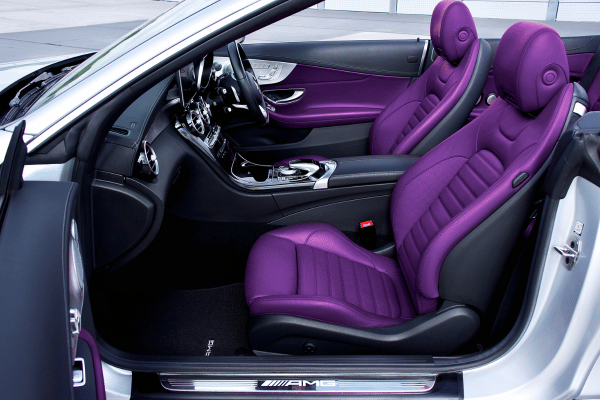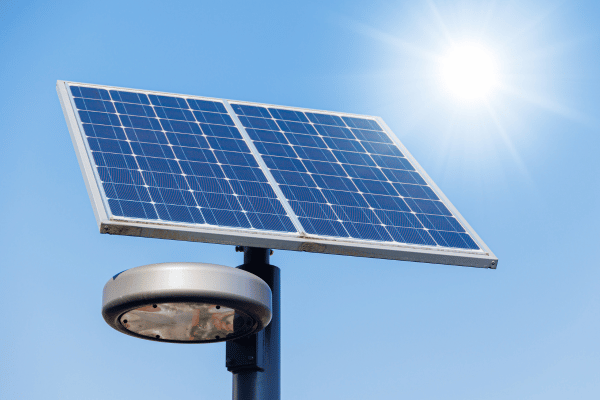
The Smart Window Market at a Glance
The global smart window market was valued at USD 8.64 Billion in 2024. The industry is expected to grow at a CAGR of 9.40% during the forecast period of 2025–2034, reaching an estimated USD 21.22 Billion by 2034.
Smart windows—also known as smart glass, switchable glazing, or dynamic windows—offer dynamic control over light, privacy, and thermal comfort by adapting their transparency or color. These innovative window systems are becoming integral to smart buildings, sustainable infrastructure, automotive design, and energy-efficient spaces.
In this article, we explore the key drivers, technological innovations, market segmentation, regional dynamics, and future outlook for the smart window industry.
Market Drivers Fueling Growth
Technological Innovation and User Comfort
Smart windows provide unparalleled control over light and heat, connecting with building automation systems to adjust transparency dynamically. Whether via smartphone apps or smart home integration, they deliver enhanced comfort, privacy, and convenience—making them ideal for modern homes and offices.
Energy Efficiency and Sustainability
Reducing energy usage is a major driver behind the adoption of smart windows. By controlling solar heat gain and natural lighting, users can significantly cut HVAC and lighting costs, contributing to sustainability goals and lower energy consumption.
Regulatory Pressure and Green Building Standards
Adoption is increasingly encouraged by environmental policies and green building certifications. Regulations and sustainability mandates are pushing architects, developers, and auto manufacturers toward energy-efficient solutions—making smart glass an appealing visual, functional, and regulatory choice.
Technological Landscape
Electrochromic Technologies
Electrochromic smart glass, which changes tint in response to electrical stimuli, is the most widely deployed technology. Its ability to tint gradually ensures comfort, efficiency, and modern aesthetics, fitting well with architectural and automotive applications.
SPD (Suspended Particle Device) Smart Glass
SPD smart glass uses suspended particles controlled by voltage to switch quickly between states, offering near-instantaneous shading—ideal for automotive sunroofs, aircraft windows, and dynamic shading applications in buildings.
Thermochromic and Photochromic Glazing
These passive technologies change properties based on temperature or light exposure, without needing external power sources. Ideal for cost-sensitive settings, they offer automatic adjustment, simplicity, and energy savings.
Emerging Innovations: OLED & Solar-Tinting
OLED-enabled smart glass and transparent solar-collecting coatings are emerging trends. These applications fuse energy generation, display functions, and dynamic light control, pointing to a multifunctional future for smart windows.
Key Market Segments
Commercial Buildings
Smart windows are increasingly popular in office towers, hotels, healthcare facilities, and airports. They enhance occupant comfort, productivity, and energy efficiency, while also elevating building design and compliance with sustainability criteria.
Residential Applications
Homeowners seeking energy savings and luxury amenities drive residential adoption. Smart windows offer convenient shading, mood lighting, and temperature control—especially appealing in high-end and smart-home contexts.
Automotive & Transportation Industries
Vehicle manufacturers are incorporating smart glass for glare control, UV filtering, privacy, and passenger comfort. Auto sunroofs, side windows, and instrument panels are prime areas for SPD and electrochromic technologies.
Specialized & Other Applications
Smart windows are used in niche settings, such as aerospace, marine vessels, exhibition centers, and smart city installations, where adaptive light control and aesthetic flexibility are essential.
Regional Market Dynamics
North America
As a pioneer of smart technology adoption, North America accounts for a significant share of market revenues. Early adoption by commercial real estate, tech-savvy homeowners, and premium automakers drives demand, supported by incentives and regulations related to energy efficiency.
Europe
Europe’s strong environmental policies and energy codes make it a top region for smart window adoption. Green certifications, retrofits in historic buildings, and smart infrastructure investments are key factors fueling growth here.
Asia-Pacific
Asia-Pacific is the fastest-growing region, with rapid urbanization, smart city initiatives, and infrastructure expansion in markets like China, India, Japan, and Southeast Asia. Smart windows are increasingly used in high-rises, transport systems, and renewable-energy-enabled buildings.
Rest of the World
Latin America, the Middle East, and Africa are emerging markets, driven by infrastructure modernization, boutique developments, and luxury real estate. Growth remains moderate but steady as awareness and affordability improve.
Benefits That Drive Market Adoption
Enhanced Comfort and Privacy
Smart glass allows seamless control of light and vision, giving inhabitants the luxury of privacy without compromising on natural light—especially valuable in dense urban environments.
Operational Savings & Efficiency
These windows reduce dependency on artificial lighting and climate control systems, earning long-term value through energy savings, even if their initial price is higher than traditional glass.
Aesthetic & Display Flexibility
Smart windows offer an aesthetic edge: from tint adjustments and mood lighting to embedding display capabilities—enhancing both form and function in modern architecture.
Challenges & Market Hurdles
High Upfront Costs
Smart windows still command a premium, often 30–40% more than conventional glass. Budget limitations in pricing-sensitive projects hinder adoption, despite demonstrated energy savings.
Durability and Reliability Concerns
Longevity, especially for complex electrochromic and SPD technologies, remains a concern. Early models faced reliability issues, which manufacturers are now addressing through enhanced production and quality testing.
Complex Supply Chains
Manufacturing involves specialized materials and assemblies, leading to longer lead times, supply constraints, and higher costs—especially when integrating smart film layers or IoT components.
Competitive Landscape & Key Innovators
View, Inc.
View delivers cloud-connected electrochromic solutions. Their smart windows can be controlled via apps, integrating with building management systems for adaptive shading.
SAGE Electrochromics (Saint-Gobain)
SageGlass is known for energy-saving performance and high standards in comfort and efficiency, backed by Saint-Gobain’s global resources.
Ubiquitous Energy
Ubiquitous Energy is pioneering transparent solar window coatings, enabling energy generation while maintaining clarity—creating a unique proposition in the smart glass market.
OEM Automotive Leaders
Automakers like BMW, Mercedes-Benz, and Tesla are integrating smart glass in vehicles—primarily using SPD and electrochromic technologies to enhance passenger experience and safety.
Future Outlook & Market Forecast
The smart window market is projected to grow from USD 8.64 Billion in 2024 to USD 21.22 Billion by 2034, reflecting a robust 9.40% CAGR.
Key Growth Drivers for the Next Decade
Urban retrofitting and smart building development
Increasing demand for energy-efficient windows
IoT connectivity and smart zone customization
Luxury construction in emerging markets
Smart mobility and futuristic vehicle designs
Charting Market Expansion
Over the next decade, smart windows are expected to become mainstream in both new and retrofit construction. Transportation and display-integrated glazing will expand applications—and energy-generating windows could disrupt industry norms.




















Write a comment ...